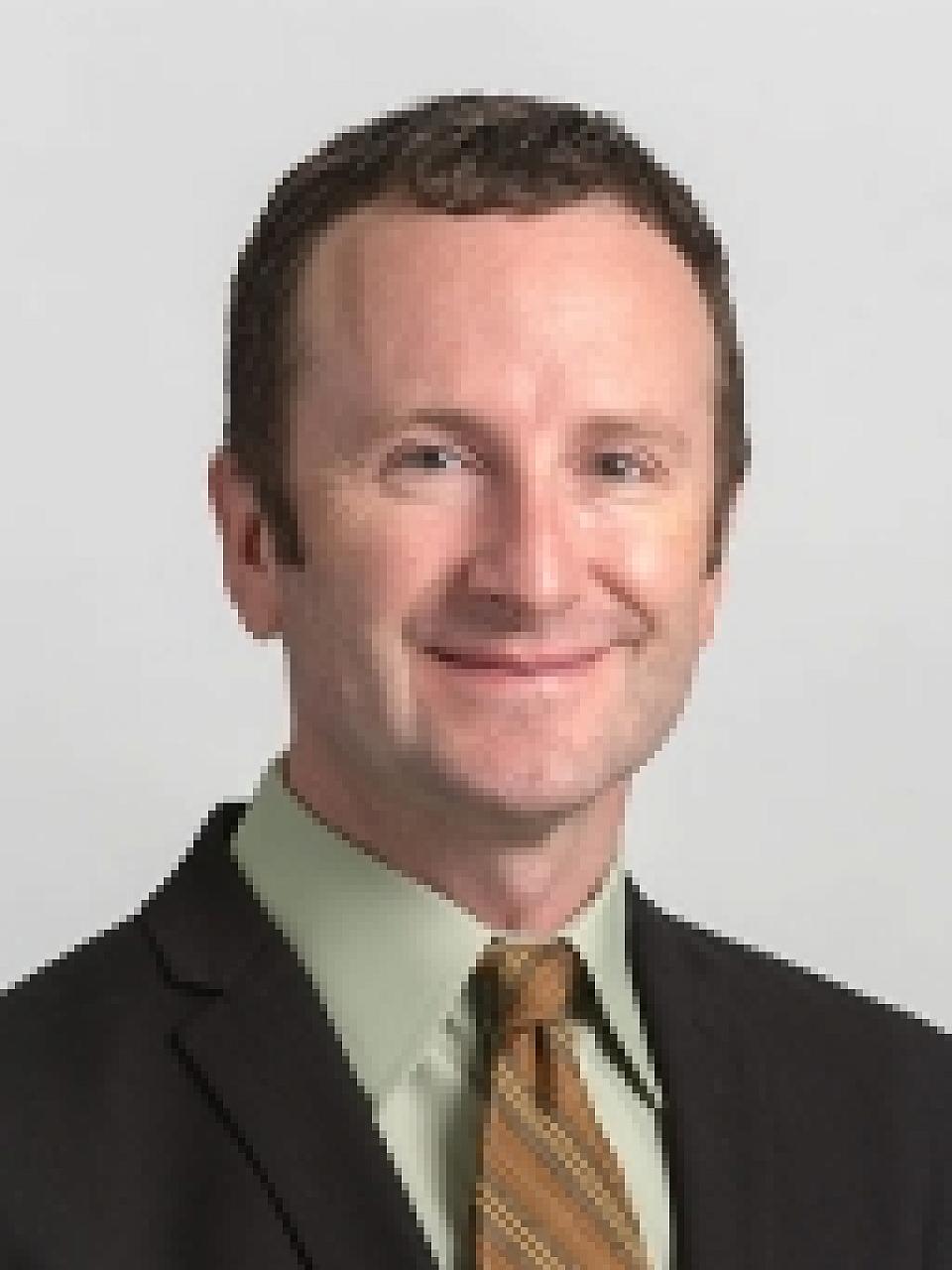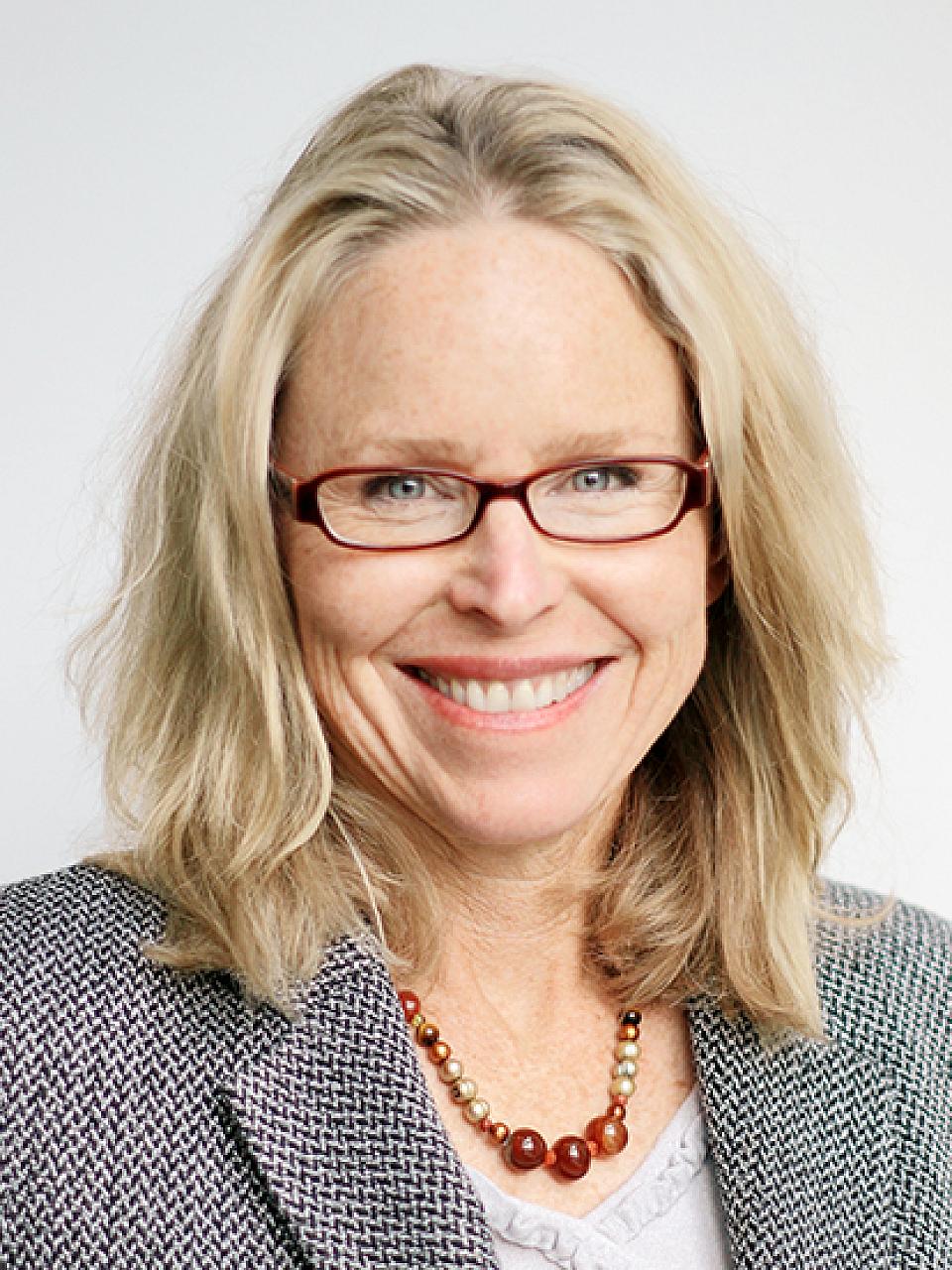Building a Pathway to Address Physician Shortages in Utah
Even with three medical schools, Utah still has a shortage of primary care and rural physicians. And while the physician shortage isn’t new, the problem is growing across the United States. One-third of all Americans live in federally designated Health Professional Shortage Areas. It’s even worse for those in rural communities, and Utah has a lot of those.
Preparing Students to Work in Rural and Under-Resourced Communities
In 2020, the Spencer Fox Eccles School of Medicine at the University of Utah received a generous grant from the Health Resources & Services Administration (HRSA). With these funds, we created programs that encourage and prepare more medical students to choose primary care disciplines and work in rural and under-resourced areas. At the same time, we re- envisioned how we train doctors, developing a brand-new kind of medical school curriculum.

Thanks to a recent renewal of the original HRSA grant, that work continues at full strength. With the new funding, our goal remains the same: to recruit, retain, and prepare medical students to work in rural and other under-resourced communities. We do so in a variety of ways.
Pre-Matriculation Readiness for Ongoing Medical Student Success (PROMIS2U)

First, we review applications from students who meet our minimum GPA and MCAT standards but are not on track to be accepted into med school at that time. We invite qualified students who come from under-resourced communities in Utah to apply to the PROMIS2U program.
This yearlong program includes:
- Four-week summer boot camp to strengthen basic medical sciences skills in preparation for medical school.
- Tutoring support services, enhanced wellness support, and networking opportunities across various social support groups on campus.
- Interaction with first-year medical students (engage in coursework, research, and shadowing opportunities during the fall and spring semesters).
So far, the School of Medicine has accepted every student who completed the PROMIS2U program. They are performing just as well—sometimes better—than their peers.
Tribal, Rural, and Urban Underserved Medical Education (TRUE)
The TRUE program prepares and encourages medical students to choose primary care residencies and careers that will serve tribal, rural communities, and medically under-resourced communities after graduation and residency. It is open to all medical students.
TRUE-enrolled students complete 15 credits related to population health, health delivery science, and community health improvement in TRU (tribal, rural, underserved) communities. While in the program, they complete coursework, experience a clinical clerkship in a TRU community, and produce a community-oriented health improvement capstone project. TRUE students who complete the program graduate from medical school with both an MD and a graduate certificate in tribal, rural, and underserved medicine.
Medically Underserved Longitudinal Integrated Clerkship (LIC)
Longitudinal Integrated Clerkships (LIC) are an important new addition to the MD curriculum. Students who choose to experience a medically underserved LIC have the opportunity to care for patients in an under-resourced community for up to a full year. Initially, we hoped to have four students complete medically underserved LICs each year. But in only our third year, we have more than 40 students who will complete LICs in underserved areas across the state of Utah.
This would not be possible without our health care partners in medically under-resourced communities, rural communities, and tribal health systems throughout the state. Thanks to our partners, we will have nine students placed in rural LICs for 2024. Our goal is to grow that rural LIC cohort to 24 students per year by 2026.
Looking Toward a Brighter Primary Care Future for Utah
Medical school indebtedness is one of the determinants of residency choice. There is a perception that salaries in primary care are lower than those in medical subspecialties. We hope to diminish indebtedness and further incentivize students to choose primary care careers.
In 2025, we will launch our first dedicated primary care track, open to 15 medical students each year. Accepted students in this track will collectively receive up to $800,000 in scholarships annually.
Although we have accomplished much over the past three years, there is still a lot of work to do. We look forward to further establishing and expanding our existing programs and helping to meet the primary care physician workforce needs across Utah and the Mountain West region.
The programs described in this publication are supported by the Health Resources and Services Administration (HRSA) of the U.S. Department of Health and Human Services (HHS) as part of two awards totaling $17.7 million and $15.3 million with 10 percent financed with non-governmental sources. The ideas expressed in this blog are those of the author(s) and do not necessarily represent the official views of, nor an endorsement, by HRSA, HHS, or the U.S. Government. For more information, please visit HRSA.gov.

